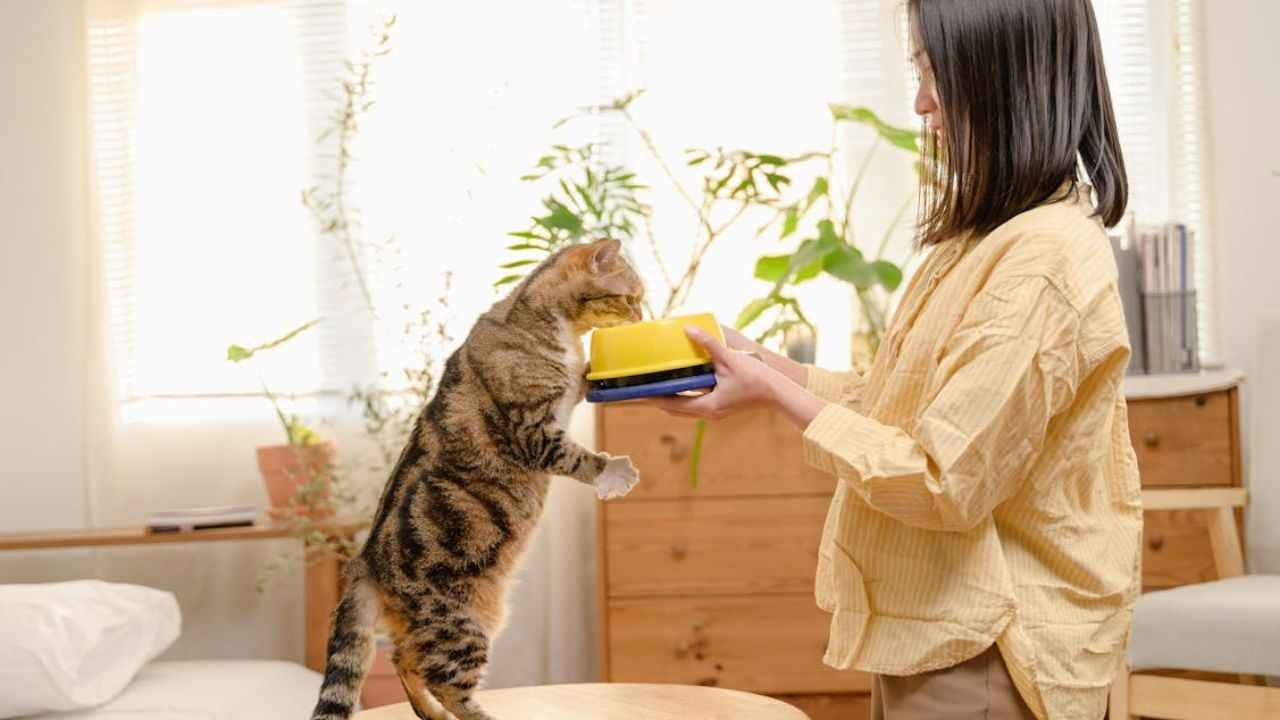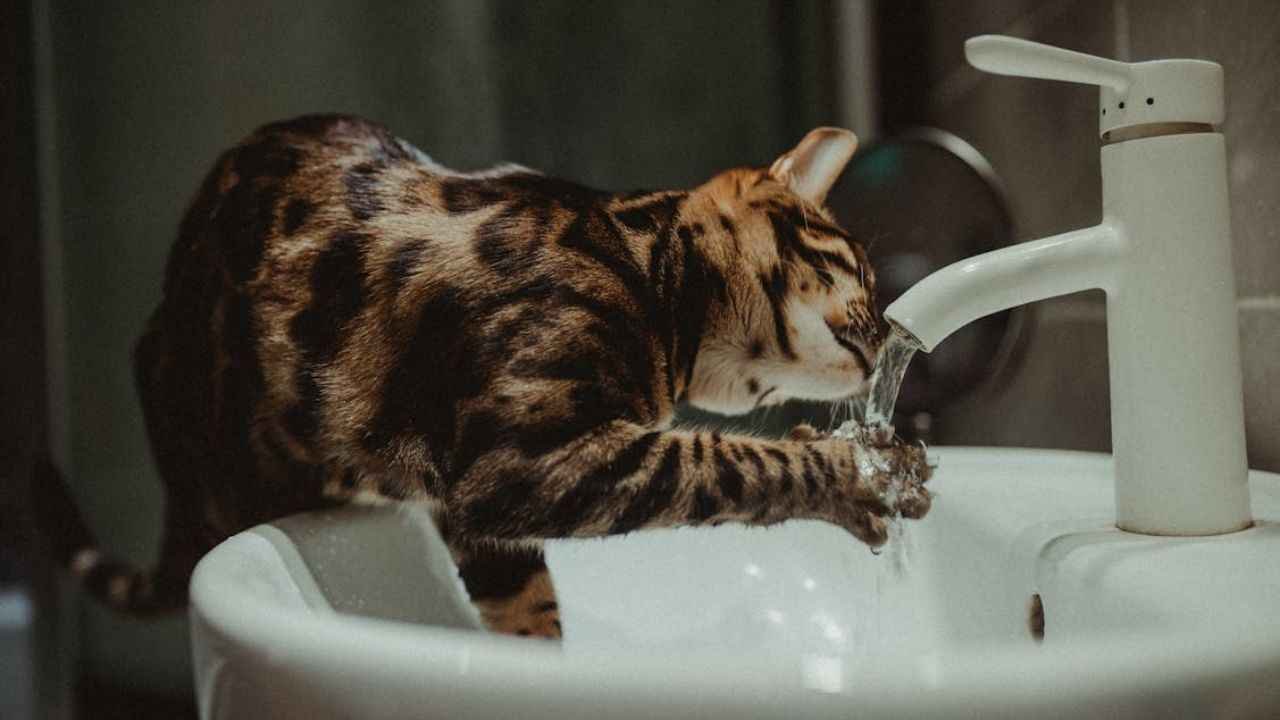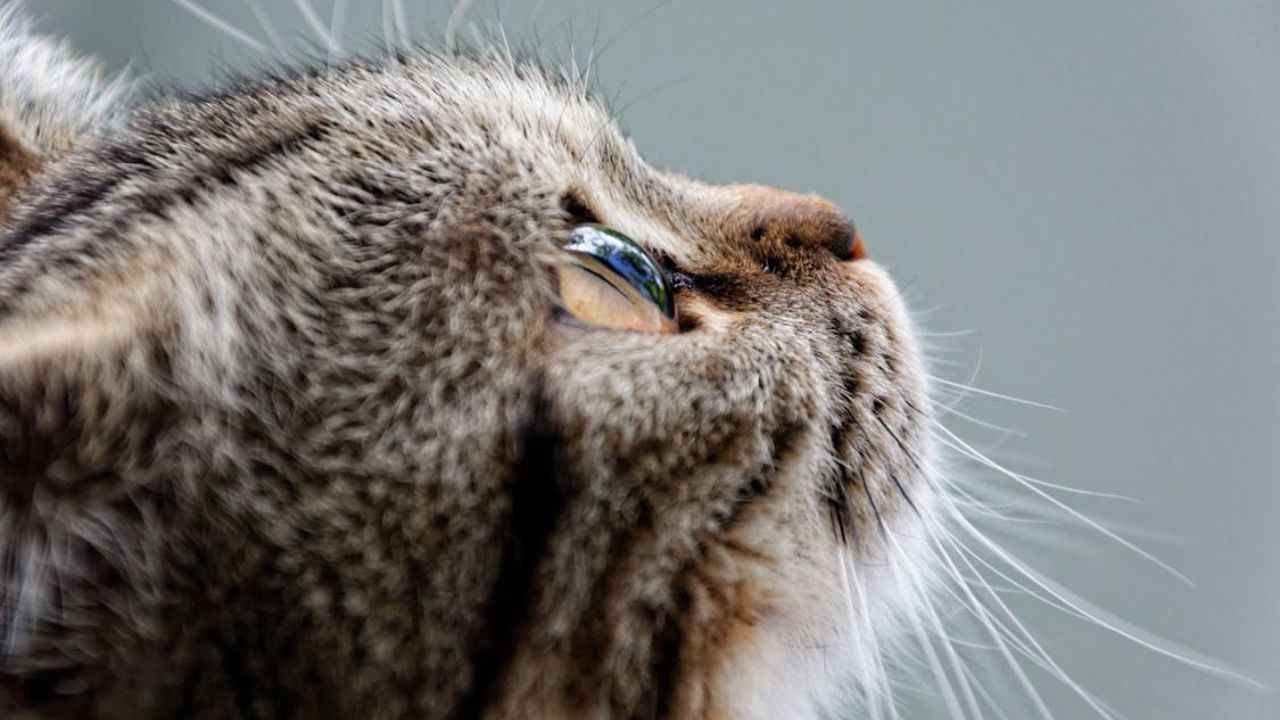As a responsible cat owner, ensuring your feline friend’s health and well-being should be a top priority. While commercial cat food provides the essential nutrients your cat needs, incorporating safe human foods into their diet can offer additional nutritional value and variety. However, navigating the vast world of human foods can be confusing, and knowing which ones are safe for your cat is crucial.
This comprehensive guide will explore the latest research and provide an extensive list of safe and potentially harmful human foods for cats in 2025. We will cover each food’s nutritional benefits, potential risks, and recommended serving sizes. By understanding the science behind cat nutrition, you can make informed choices that will keep your furry companion happy and healthy.
Nutritional Considerations
Before delving into specific human foods, it’s essential to understand cats’ unique nutritional requirements:
- Obligate Carnivores: Cats are obligate carnivores, meaning they require animal-based proteins for survival. Their bodies are designed to efficiently digest and utilize these proteins.
- High-Protein Diet: Cats need a high-protein diet, typically around 30% of their total caloric intake. Protein provides essential amino acids for muscle development, organ function, and hormone production.
- Low-Carbohydrate Diet: Cats have a limited ability to digest carbohydrates, and high levels can contribute to weight gain, diabetes, and other health issues. Aim for a carbohydrate content below 10%.
- Essential Fatty Acids: Cats need essential fatty acids, such as omega-3 and omega-6, for skin, coat, and overall well-being. Incorporate foods rich in these fatty acids into their diet.
- Hydration: Cats generally have a low thirst drive, so ensuring adequate hydration is crucial. Provide fresh water at all times and consider offering wet food or broth as additional sources of moisture.
Safe Human Foods for Cats
1. Cooked Chicken
- Nutritional benefits: High in protein, provides essential amino acids.
- Potential risks: None, as long as it is cooked thoroughly without seasoning.
- Recommended serving size: 1-2 ounces per day.
2. Cooked Turkey
- Nutritional benefits: Similar to chicken, high in protein and essential amino acids.
- Potential risks: None, as long as it is cooked thoroughly without seasoning.
- Recommended serving size: 1-2 ounces per day.
3. Salmon
- Nutritional benefits: Excellent source of omega-3 fatty acids, which support skin and coat health.
- Potential risks: Can contain high levels of mercury, so limit consumption to once or twice a week.
- Recommended serving size: 1-2 ounces per week.
4. Tuna
- Nutritional benefits: Good source of protein and omega-3 fatty acids.
- Potential risks: High levels of mercury, so limit consumption to once or twice a month.
- Recommended serving size: 1-2 ounces per month.
5. Cooked Eggs
- Nutritional benefits: Rich in protein, vitamins, and minerals.
- Potential risks: Raw eggs contain avidin, which can inhibit biotin absorption.
- Recommended serving size: 1-2 eggs per week.
6. Berries (Blueberries, Raspberries)
- Nutritional benefits: Antioxidants, fiber, vitamins.
- Potential risks: None, in moderation.
- Recommended serving size: 1-2 berries per week.
7. Plain Yogurt
- Nutritional benefits: Probiotics, protein, calcium.
- Potential risks: Lactose intolerance, if your cat is not used to dairy products.
- Recommended serving size: 1-2 tablespoons per week.
8. Pumpkin
- Nutritional benefits: Soluble fiber, antioxidants.
- Potential risks: Can cause diarrhea if consumed in large amounts.
- Recommended serving size: 1-2 tablespoons per week.
9. Green Beans
- Nutritional benefits: Fiber, vitamins, minerals.
- Potential risks: None, in moderation.
- Recommended serving size: 1-2 green beans per week.
10. Carrots
- Nutritional benefits: Beta-carotene, fiber, vitamins.
- Potential risks: None, in moderation.
- Recommended serving size: 1-2 small carrots per week.

Potentially Harmful Human Foods for Cats
1. Chocolate
- Contains theobromine, a toxic substance for cats.
- Potential risks: Vomiting, diarrhea, tremors, seizures.
- Recommended serving size: None.
2. Onions and Garlic
- Contain thiosulfate, which can cause anemia in cats.
- Potential risks: Anemia, vomiting, diarrhea.
- Recommended serving size: None.
3. Grapes and Raisins
- Unknown toxic compound that can cause kidney failure in cats.
- Potential risks: Kidney failure, vomiting.
- Recommended serving size: None.
4. Alcohol
- Depresses the central nervous system and can lead to respiratory failure.
- Potential risks: Vomiting, diarrhea, respiratory distress.
- Recommended serving size: None.
5. Coffee and Tea
- Contain caffeine, which can be toxic to cats.
- Potential risks: Hyperactivity, vomiting, tremors.
- Recommended serving size: None.
6. Macadamia Nuts
- Unknown toxic compound that can cause vomiting, diarrhea, weakness.
- Potential risks: Vomiting, diarrhea, pancreatitis.
- Recommended serving size: None.
7. Raw Fish
- Can contain parasites and bacteria that can be harmful to cats.
- Potential risks: Parasitic infections, bacterial infections.
- Recommended serving size: None.
8. Liver
- High in vitamin A, which can be toxic to cats in high doses.
- Potential risks: Vitamin A toxicity.
- Recommended serving size: None.
9. Dairy Products (Milk, Cheese)
- Most cats are lactose intolerant and can develop digestive problems.
- Potential risks: Vomiting, diarrhea, gas.
- Recommended serving size: None, unless your cat is confirmed to be lactose tolerant.
10. Yeast Dough
- Can expand in the stomach and cause gas, bloating, and vomiting.
- Potential risks: Gas, bloating, vomiting.
- Recommended serving size: None.
Conclusion
Providing your cat with a balanced diet that includes safe human foods can enhance their nutrition and overall well-being. By following the guidelines outlined in this comprehensive guide, you can introduce variety and flavor to your cat’s meals while ensuring their health and safety.
Remember to always introduce new foods gradually, monitor your cat for any adverse reactions, and consult with your veterinarian if you have any specific dietary concerns. By making informed choices and staying abreast of the latest research, you can provide your beloved feline companion with the best possible nutrition for a long and healthy life.
Frequently Asked Questions
Q: Can cats eat chicken?
A: Yes, cooked chicken is safe for cats and a good source of protein.
Q: Is tuna still safe for cats?
A: Yes, cooked tuna is still safe for cats in moderation, but avoid raw tuna as it can contain parasites.
Q: Can cats eat eggs?
A: Yes, cooked eggs are a good source of protein for cats. Avoid raw eggs due to the risk of salmonella.
Q: Are bananas safe for cats?
A: Yes, bananas can be a treat for cats in moderation. They contain potassium and fiber.
Q: Can cats eat yogurt?
A: Yes, plain, unsweetened yogurt is a good source of probiotics for cats.
Q: Is salmon safe for cats?
A: Yes, cooked salmon is a good source of omega-3 fatty acids for cats.
Q: Can cats eat watermelon?
A: Yes, seedless watermelon is safe for cats and a good source of hydration.
Q: Is oatmeal safe for cats?
A: Yes, cooked, plain oatmeal can be beneficial for cats with digestive issues.
Q: Can cats eat blueberries?
A: Yes, blueberries are a good source of antioxidants for cats.
Q: Are sweet potatoes safe for cats?
A: Yes, cooked sweet potatoes are a good source of fiber and beta-carotene for cats.




